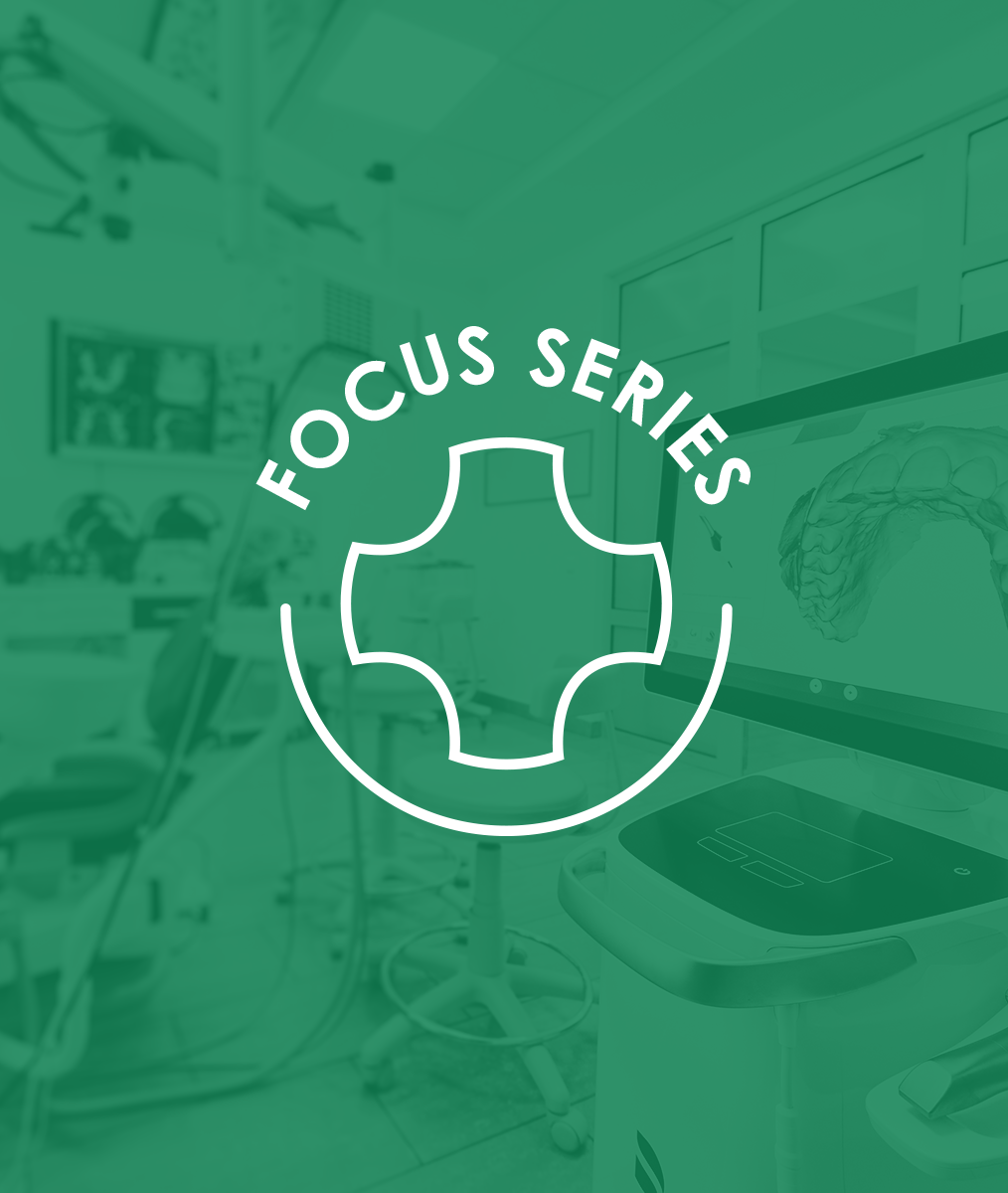
How to Have Meaningful Discussions
It’s critical to have discussions with team members about what behavioral influence entails.
Behavioral conversations are efforts with patients to encourage health. They involve discovering current perceptions and encouraging choices for improved health – especially dental health. Considering today’s understanding of the oral-systemic connection to overall well being, we owe it to our patients to continually offer them the opportunity for health.
Avoiding the BS Trap
As such, it is essential to consider that social conversation is not behavior conversation. I call it the BS trap. Yes, there is a social component to behavioral. Connecting on a personal level is critical.
As Robert Cialdini says in his book “Influence,” people like doing business with people they like. In a relationship-based practice, full engagement with patients is critical. Engagement increases the likelihood of being listened to and influencing healthy behavior.
AND, we must avoid the BS trap. Conversations need to be about them, not us. Conversations to influence values and behaviors need to be about patients. So, how do you know when social conversation has slipped into BS?
Encouraging Meaningful Discussion With Patients
The key is to realize when you are interjecting yourself into the conversation. Avoid personal words: I, me, my, mine, us, we, our, etc. It is not about us – our story – but about the patient, the patient’s story, the patient’s health values, and their objectives.
Avoid:
- “I went there …”
- “When I did that …”
- “My experience …”
How do you shift from social (the starting point in conversations) to behavioral? Have one or two powerful questions to shift the conversation:
- “How are you feeling about your health?” (Perhaps more powerful than: “What has changed in your health?”)
- “What are you doing to enhance your health?”
- “How are you taking good care of yourself?”
Then “Stay in the Question.” Continue to follow the thread they share. Remember …
Their first response is not the answer. It is their first response.
Questions are NOT the key. Listening is. Go below the surface.
- “What else?”
- “What do you feel?”
- “Say more about that.”
- “Do you have any ideas?”
- “Tell me more about …”
- “Yes, I understand.”
- “I’m glad to know that.”
- “Thank you for sharing that.”
- “Is there anything else?”
- “What is your suggestion?”
These questions work both ways. Teaching you to turn the focus onto the patient and teaching the patient to communicate their needs more clearly.
Have you read this article from team behavior expert Mary Osborne on understanding a hygienist’s true expertise?
Related Course
Integrative Dental Medicine: Creating Healthier Patients & Practices
DATE: June 27 2025 @ 8:00 am - June 28 2025 @ 4:00 pmLocation: The Pankey Institute
CE HOURS: 10
Regular Tuition: $ 2995
Single Occupancy with Ensuite Private Bath (per night): $ 345
We face a severe health crisis, that is a much larger pandemic than Covid-19! Our western lifestyle affects periodontal & periapical oral disease, vascular disease, breathing disordered sleep, GERD, dental…
Learn More>







So well said, Bill. I love the transition questions.